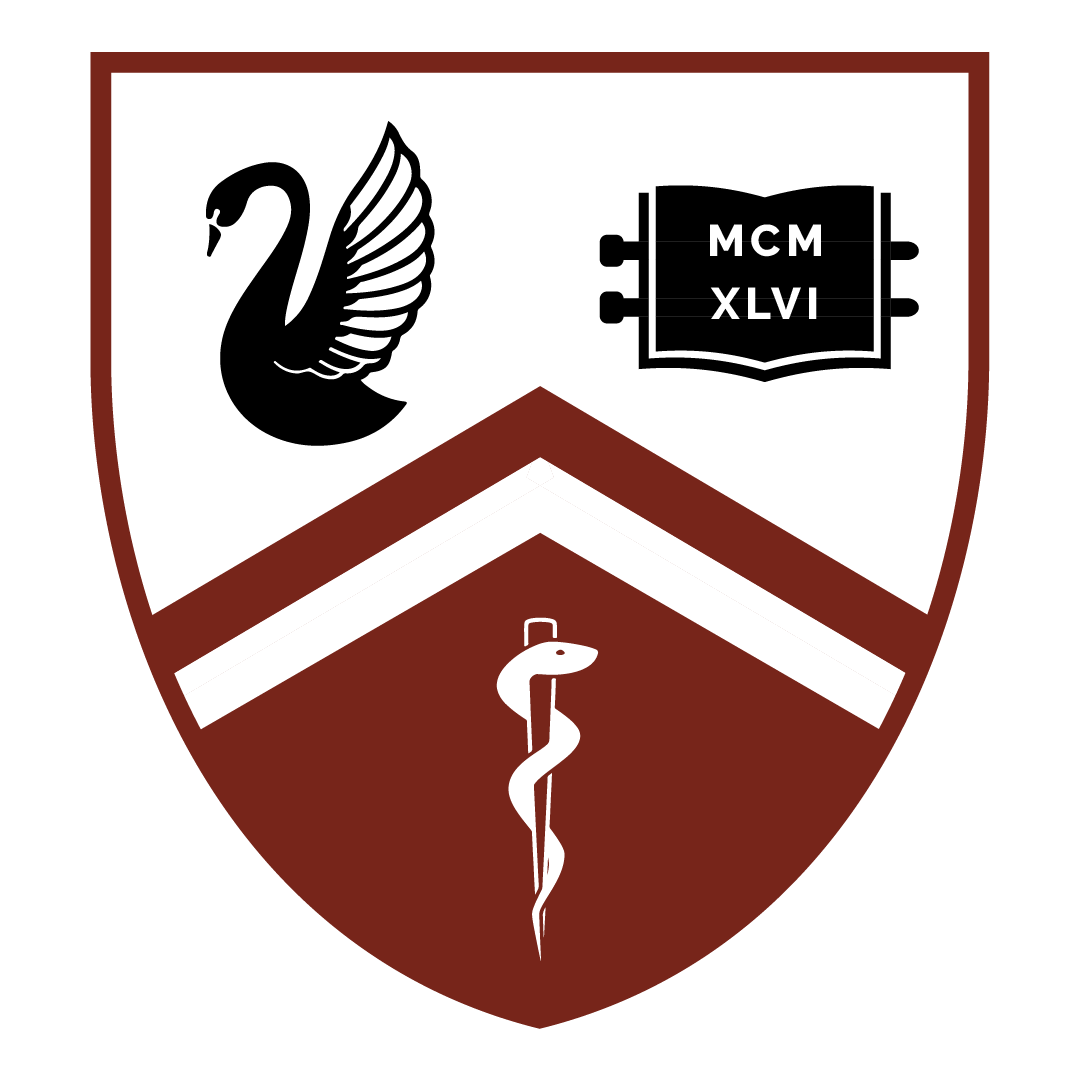3D printing is the futue of manufacturing. With a 3D computer model, and an appropriate printer, anything can be produced. Currently, it is being put to novel use by hobbyists and technology start-ups, but in what foretells the applicaability of 3D printing, a team from the University of Michigan created a bioresorbable splint for a young child's collapsing bronchi.
Every day, their baby Kaiba stopped breathing, his collapsed bronchus blocking the crucial flow of air to his lungs. April and Bryan Gionfriddo watched helplessly, just praying that somehow the dire predictions weren’t true. Kaiba suffers from tracheobronchomalacia - a rare condition in which the tracheal cartilage is flaccid leading to collapse.
Before the device was placed, Kaiba continued to stop breathing on a regular basis and required resuscitation daily.
“Quite a few doctors said he had a good chance of not leaving the hospital alive,” says April Gionfriddo, about her now 20-month-old son, Kaiba. “At that point, we were desperate. Anything that would work, we would take it and run with it.”
They found hope in Michigan, where a new bioresorbable device that could help Kaiba was under development.
Upon hearing of Kaiba's case, doctors and biomedical engineers went right into action, obtaining emergency clearance from the Food and Drug Administration to create and implant a tracheal splint for Kaiba made from a biopolymer called polycaprolactone.
On February 9, 2012, the specially-designed splint was placed and sewn around Kaiba’s airway to expand the bronchus and give it a skeleton to aid proper growth. Over about three years, the splint will be reabsorbed by the body. The case is featured today in the New England Journal of Medicine.
The team were able to make the custom-designed, custom-fabricated device using high-resolution imaging and computer-aided design. The device was created directly from a CT scan of Kaiba's trachea/bronchus, integrating an image-based computer model with laser-based 3D printing to produce the splint.
Kaiba was off ventilator support 21 days after the procedure, and has not had breathing trouble since then.
The image-based design and 3D biomaterial printing process can be adapted to build and reconstruct a number of tissue structures. Presently it is undergoing trials for use in a number of areas including ear and nose reconstruction.
Read more at: http://www.uofmhealth.org/news/archive/201305/baby’s-life-saved-groundbreaking-3d-printed-device
